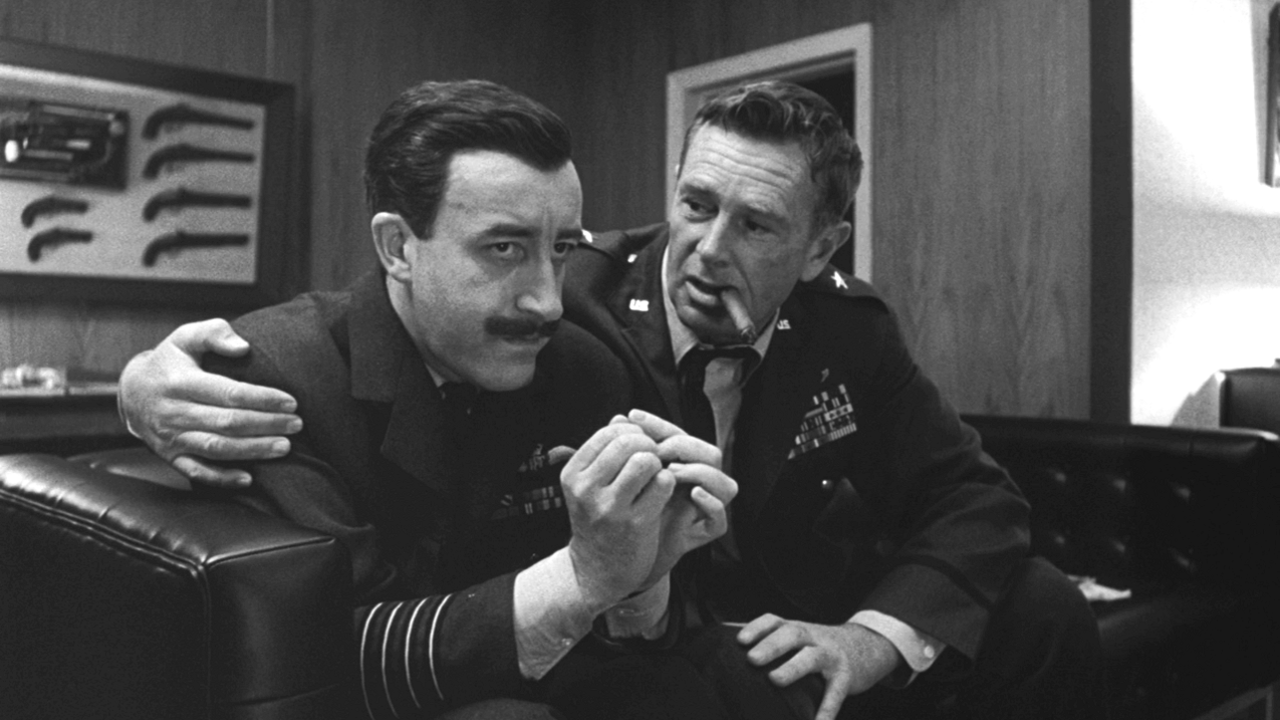Last week I turned in a chapter (sub-chapter?) on life-style modification for the control of blood pressure. This is part of a educational initiative for the National Kidney Foundation of Michigan.
I looked at all of the life-style recommendations in JNC-7:
I hope I will get permission to share my section on this blog because I think my conclusions differ in some important ways from the life-style dogma we hear over and over.
For now I want to share one interesting aspect: moderation of alcohol intake to reduce hypertension.
There is compelling data supporting the position that reducing or moderating alcohol intake reduces blood pressure.
One line of data comes from a
recent study of two separate prospective observational trials by
Sesso HD,
Gaziano MJ, Et al: The Women’s Health Study (28,848 women) and the Physicians Health Study (13,455 men). They looked at initially normotensive men and women and followed them to determine the risk of developing hypertension (10.9 years of follow-up for women and 21.8 years for men) based on their exposure to alcohol. In men the risk of hypertension rose linearly with increased alcohol intake. In women, there was a J-curve, with increased risk of hypertension with teetotallers and decreased risk of hypertension until the risk that bottomed out at 5-6 drinks
per week. Drinking at least
one drink a day was associated with increased risk of hypertension.
Sesso’s data looks at the risk of developing hypertension, so while it provides evidence for the ill-effects of alcohol it does not answer the question of whether decreasing alcohol will ameliorate hypertension.
Xin X, et al.
published a meta-analysis of 14 randomized trials of alcohol reduction in which a reduction of blood pressure was one of the end-points. Trial duration had to be at least 1 week:
Alcohol reduction reduced blood pressure to the degree promised in the JNC7 slides 3.3/2 mmHg:
What intrigued me was not the data on the reduction of blood pressure but the data on overall survival. Because the reason we care about blood pressure is because it is an intermediate outcome which is associated with cardiovascular events. If there is data on the actual outcome rather than the intermediate outcome it should by all means trump the intermediate outcome data.
Two large, high profile studies have looked at alcohol intake and survival. The biggest is a study by Thun et al and
published in the New England Journal of Medicine in 1997. The data was taken from the 1.2 million American adults enrolled in the
Cancer Prevention Study II and looked at 490,000 who provided complete information on smoking and drinking habits. The study showed that drinkers had a lower rate of cardiovascular disease but a higher rate of alcohol related illness. The statistics of this are interesting, a 40% reduction in the common cause of death (cardiovascular disease) ends up having much more influence than the 200-600% increase in the relatively rare deaths from conditions associated with alcohol intake:
Here is the authors description on the cardiovascular benefits of alcohol:
In contrast, the rates of death from all cardiovas-cular diseases combined were 30 to 40 percent lower among men (relative risk, 0.7; 95 percent confidence interval, 0.7 to 0.8) and women (relative risk, 0.6; 95 percent confidence interval, 0.6 to 0.7) reporting at least one drink daily than among nondrinkers. The largest reduction, in both absolute and relative terms, occurred in mortality from coronary heart disease among drinkers who, at enrollment, had reported heart disease, stroke, or some other indication of preexisting risk of cardiovascular disease.
They added a nice figure which illustrated the relative effects of smoking versus alcohol. The protective effects of alcohol are insignificant when compared to the dangers of smoking:
A second study on the mortality benefit of alcohol used the The Physicians Health Study. This is the same data that Sesso used to show the association of alcohol with the risk of hypertension.
Malinski et al. looked at a cohort of subjects with pre-existing hypertension and demonstrated a 40% reduction in cardiovascular mortality with daily drinking as compared to rare or non-existent drinking. So even in the cohort that we are specifically advising to reduce alcohol intake, there is a survival benefit from drinking.
Most of my patients do not drink once a day. My feeling is that when they look at recommendations to reduce drinking they interpret that as they should stop drinking and they probably are actually increasing rather than decreasing their risk of death.
Salut

















